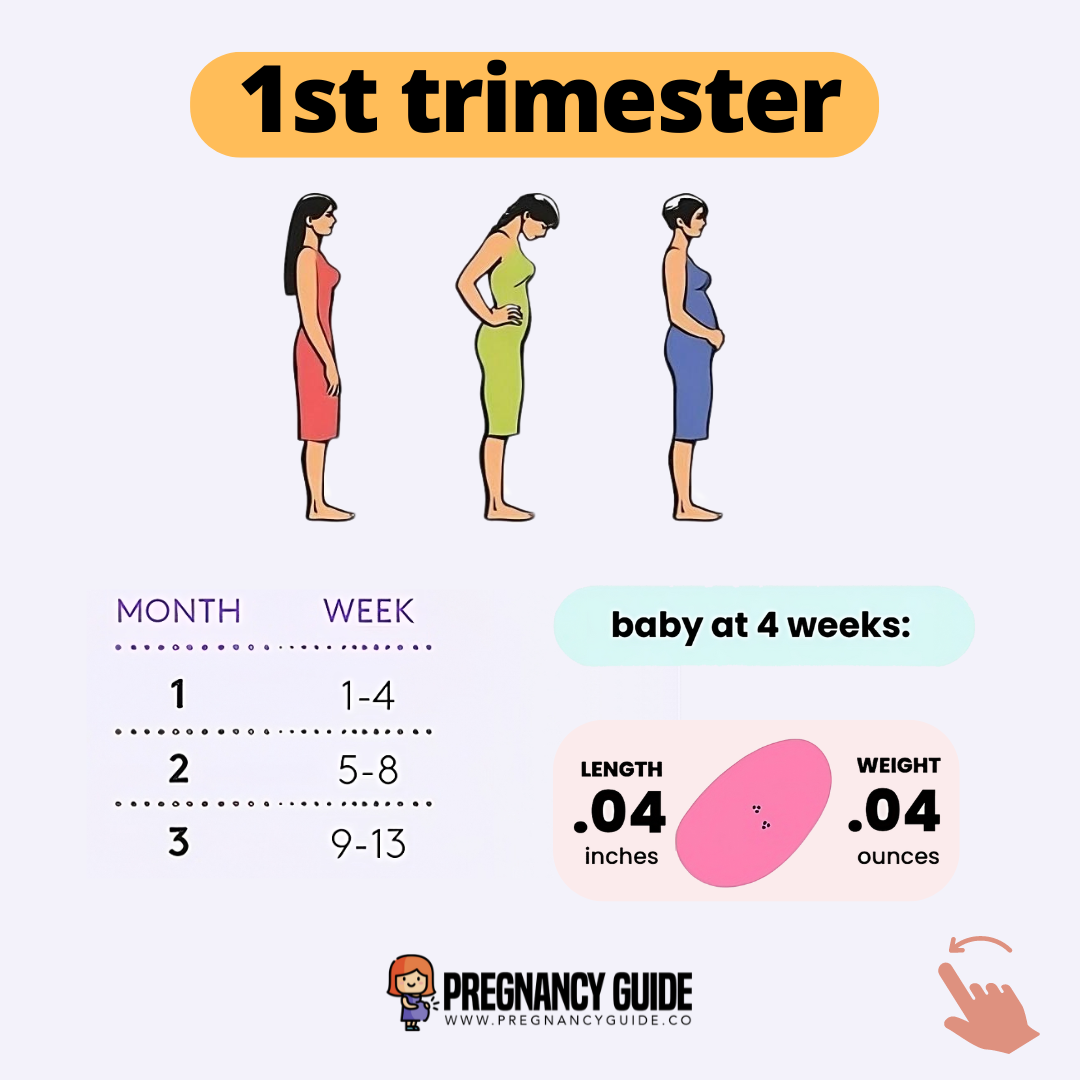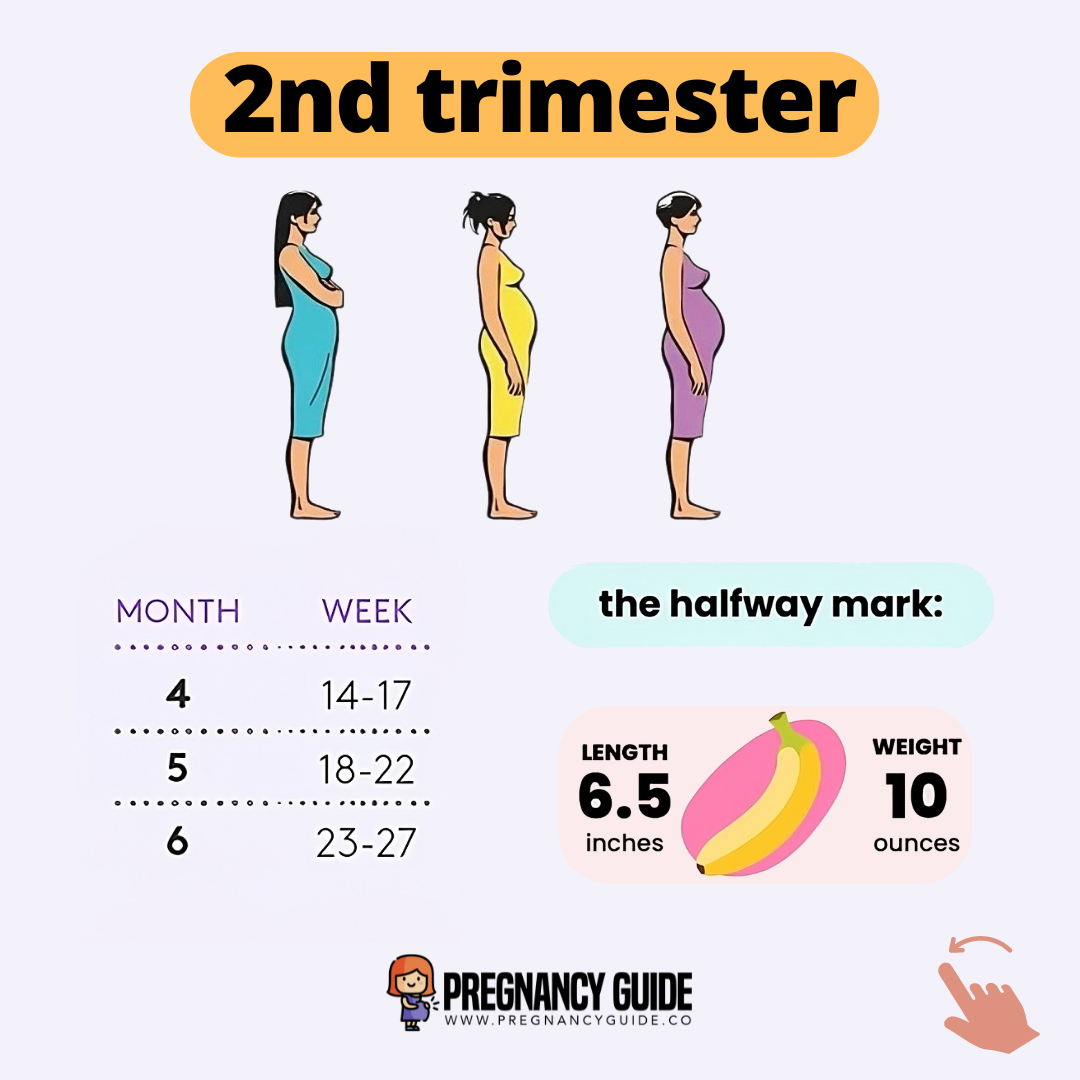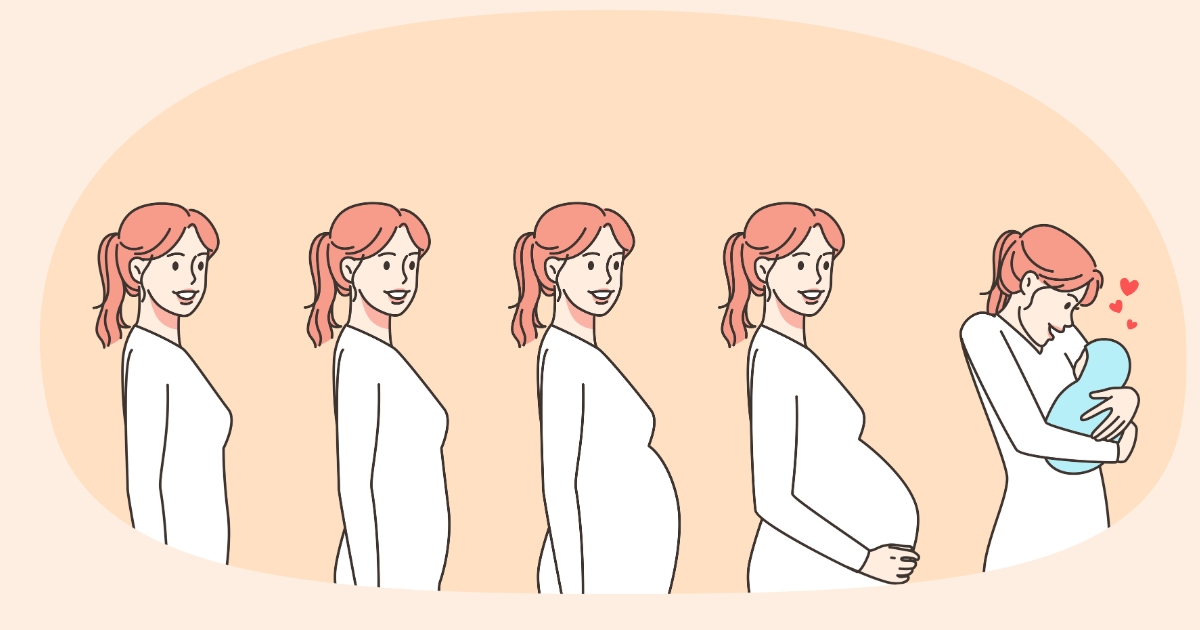Pregnancy is an extraordinary journey that unfolds in three distinct trimesters, each bringing unique changes and developments for both the mother and the baby. Understanding these stages can help expectant mothers and their families prepare for what lies ahead and ensure a healthy pregnancy. Let’s delve into each trimester, exploring the remarkable transformations that occur.
First Trimester (Weeks 1-12)

1. The Beginnings of Life: The first trimester starts from the first day of your last menstrual period and lasts until the end of week 12. It’s a period marked by significant changes as the body adjusts to pregnancy. Fertilization typically occurs about two weeks after the start of the menstrual cycle, when a sperm successfully merges with an egg, forming a zygote. This zygote then travels down the fallopian tube, dividing and forming a blastocyst, which implants itself into the uterine wall, initiating pregnancy.
2. Rapid Development: During the first trimester, the foundation for all major organs and systems of the baby’s body is laid. By the end of the third week, the neural tube, which becomes the brain and spinal cord, begins to develop. The heart starts beating around the fifth week, and by the end of the eighth week, the embryo transitions to a fetus. Key developments such as the formation of the digestive system, bones, and even tiny limb buds occur during this time.
3. Maternal Changes: Mothers-to-be may experience a range of symptoms as their bodies adapt to the hormonal changes of pregnancy. Common symptoms include nausea (often called morning sickness), fatigue, breast tenderness, and frequent urination. Emotional changes, such as mood swings, are also common due to fluctuating hormone levels. It’s crucial for expectant mothers to begin prenatal care during this period to monitor their health and the baby’s development.
Second Trimester (Weeks 13-26)

1. Growth and Maturation: The second trimester is often considered the most comfortable period of pregnancy. For many women, the nausea and fatigue of the first trimester begin to fade, and they start to feel more energetic. This trimester is marked by significant growth and maturation of the fetus. The baby’s organs continue to develop and begin to function more efficiently. By the end of the second trimester, the fetus is typically around 14 inches long and weighs about 2 pounds.
2. Sensory Development: During this stage, the baby’s sensory organs start to develop. The eyes can open and close, and the fetus can hear sounds from the outside world, such as the mother’s heartbeat and voice. The sense of touch also becomes more refined, allowing the baby to experience sensations like the umbilical cord and amniotic fluid.
3. Maternal Changes and Milestones: Expectant mothers often experience a noticeable baby bump as the uterus expands to accommodate the growing fetus. They may also feel the baby’s movements, known as quickening, which typically starts between 18 and 22 weeks. Other changes include skin pigmentation (like the darkening of the areolas and the linea nigra), increased appetite, and sometimes heartburn or indigestion. Regular prenatal visits continue to be essential, with ultrasounds and other tests to monitor the baby’s growth and development.
Third Trimester (Weeks 27-40)

1. Preparation for Birth: The third trimester is the final stretch of pregnancy, lasting from week 27 until birth, which usually occurs around week 40. During this time, the baby undergoes rapid growth and gains weight, preparing for life outside the womb. The lungs, brain, and other vital organs continue to mature. By the end of this trimester, the baby typically weighs between 6 and 9 pounds and measures 18 to 21 inches in length.
2. Final Developments: In the last few weeks of pregnancy, the baby’s movements may become less pronounced as space within the womb becomes limited. The baby positions itself for birth, usually head-down in the pelvis. The development of fat layers under the skin helps regulate body temperature after birth. The baby’s immune system also starts to develop, receiving antibodies from the mother.
3. Maternal Changes and Preparations: The third trimester can be physically challenging for many women due to the increased size and weight of the baby. Common symptoms include back pain, swelling of the feet and ankles, Braxton Hicks contractions, and difficulty sleeping. It’s important for expectant mothers to maintain a healthy diet, stay hydrated, and rest as needed. Prenatal care appointments become more frequent, and discussions about labor and delivery, such as birth plans and pain management options, become a focus.
Conclusion
Understanding the three trimesters of pregnancy helps expectant mothers and their families navigate the physical and emotional changes that occur during this remarkable journey. Each trimester brings unique challenges and joys, from the early developmental milestones of the first trimester to the anticipation and preparations for birth in the third. With proper prenatal care, a healthy lifestyle, and support from healthcare providers and loved ones, mothers-to-be can look forward to a positive and fulfilling pregnancy experience.

